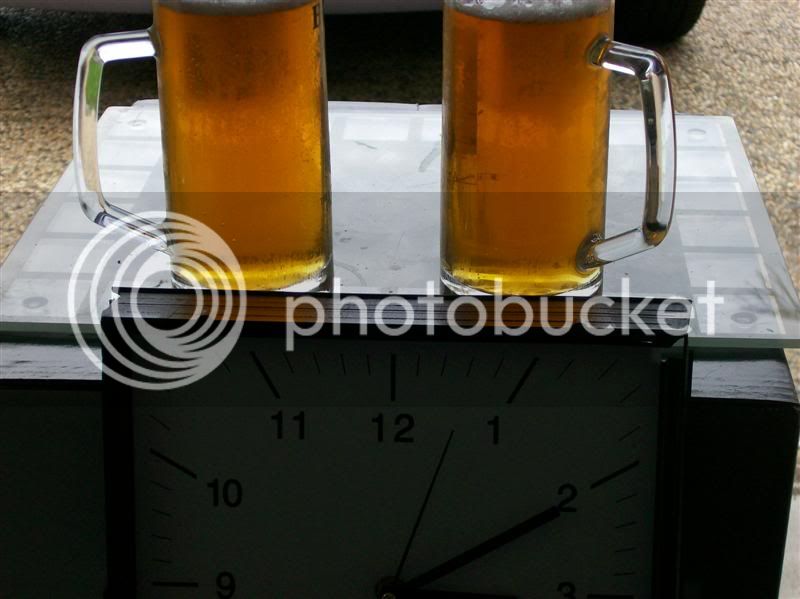I have not read this thread but will answer the question IMO.
I built a 3v system about 5 years ago. See photo below. It was fine, but it took a long time to get it dialled in perfectly. As you know I have a Braumeister now I will list the negatives I found with the 3v system in comparison with the BM.
The 3v system was a pain to clean up. All the bits were heavy. Very unforgiving if you dont do everything right i.e., leave a valve open and you got beer on the floor, or forget to turn the HLT off and you got a boil over. All this while youre running electricity to a metal frame brew table. The 3v system is very large and I had to sell it as we were moving to a rental while we built a new home. Lucky I sold it for $2500 and bought a BM.
Dont get me wrong I loved it and it broke my heart to sell it and it was great fun building and refining it, but there is no comparison with the BM.
Also, I got lots of stuff for the 3v cheap/free or stolen

and I bet that all up it still cost more than a BM. When you start adding up all the little things like $50 per sheet or Aero flex to insulate the mash and HLT tuns, + $20 for a roll of tape. March pump, valves, hose clamps, silicone tubing, metal table, wheels for the table, elements for the HLT, false bottom for he Mash tun, electrical components to power it, a rubberised industrial mat glued to the top of the table so it did not burn or get water damaged and lot of trail and error bits along the way.
I would never say dont build one, but if I had my time again, and new what I know now I would just buy a BM up front.
While it was fun in the early days on the 3v I just like to brew beer now and consistent beer at that. There are just too many variables with a 3v system (I found) to make a consistently great beer.

Good Luck
STEVE











